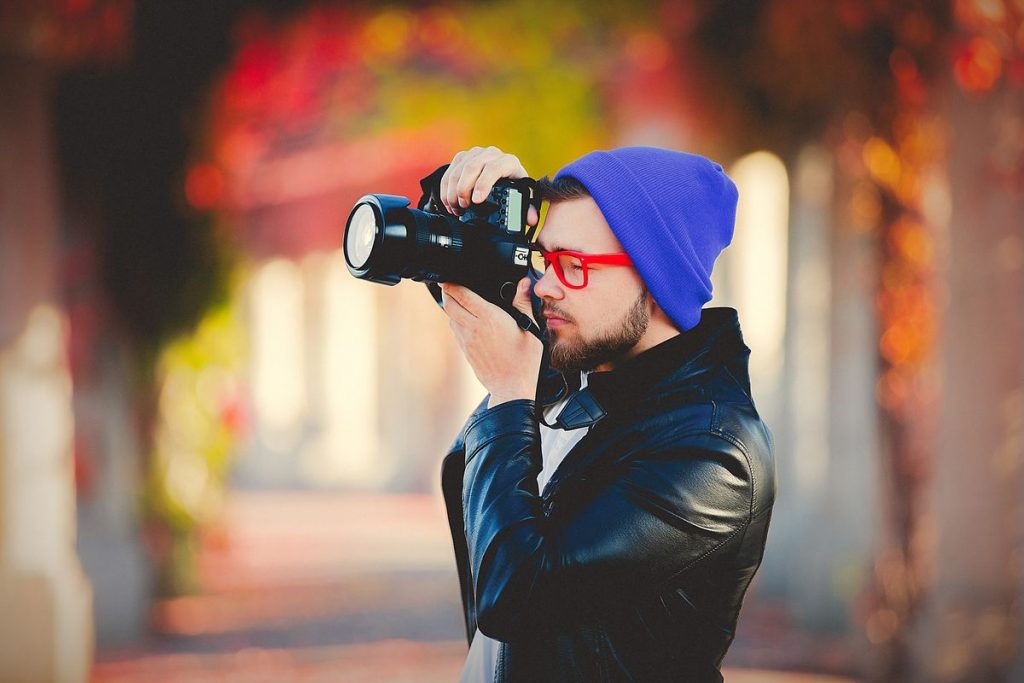If you have taken photography classes in college or even as a hobby, you may have already learned some basic techniques and terms. But, as with any skill, the more you practice, the better you will become. That’s why it’s important to constantly take photography classes, build your portfolio, and hone your skills. For photographers looking to build a portfolio, it’s important to have a variety of pictures showing your range. But it can be time-consuming to take a bazillion pictures just to get one good one. That’s why it’s so important to take good pictures when you start out. And one way of improving your photography is to take pictures that are good for a portfolio—not just for your own enjoyment.

Suppose you love photography but don’t have experience or a portfolio. In that case, you may want to start by looking at photography classes or taking a photography class online since taking the classes online allows you to learn at your own pace and from the comfort of your own home. If you are an aspiring photographer, you understand that building your portfolio is very important. But what type of photography will help you build your portfolio? The answer to this question depends on several factors, including what type of photography you’re most interested in and whether your goal is to pursue photography as a career or just as a hobby.
Types of Photography to Build Your Portfolio
- Practice and Experiment. The best way to build your portfolio is to practice and experiment. And one thing digital photography provides is endless opportunities to experiment. There are plenty of types or styles of photographs you can shoot, though you’ll need to figure out what fits your photography style.
- Shoot More. Most aspiring photographers start out by shooting photos for personal use, and there is nothing wrong with that. However, if you really want to build a professional photography portfolio, you need to shoot more.
- Design and Specialize Your Portfolio. The best place to start building your portfolio is by deciding what type of photography you want to specialize in and then choosing specific types of photography that help you achieve this specialty.
As a professional photographer, your portfolio can mean the difference between being a successful freelancer or taking pictures for meet and fuck sites. This does not mean one is better than the other. It just means that there is more flexibility in running your own photography business when you have a portfolio that is sure to appeal to potential clients. There are many ways to build your portfolio. One way to specialize your portfolio is to focus on a specific type of photography. The options include fashion and portrait photography, nature photography, commercial photography, photojournalism, fine art photography, and more.
Having a photography portfolio isn’t just for aspiring and professional photographers anymore. Virtual photography is becoming increasingly common, and although some people still prefer tangible photos, most are now comfortable with only digital. Photography can be a powerful marketing tool for any business, but it’s especially useful for interior designers. Whether you’re looking to advertise your services or showcase your portfolio, photography can help you show off your best work. Still, there are plenty of types of photography to choose from, and it can be hard to know what to choose.
Building a professional photography portfolio can be challenging. But with the right pictures, building a portfolio will be much easier. Fortunately, there are opportunities all around you that you can take advantage of, whether you are an aspiring professional or an amateur with a little bit of free time. With the rise of digital photo editing tools and cameras, almost everyone is a budding photographer these days. Some use their digital cameras to take snapshots of family and friends; others use their devices to create photos for social media or personal use. Still, others use photography to build their portfolios or as an art form. And it’s not just digital.
